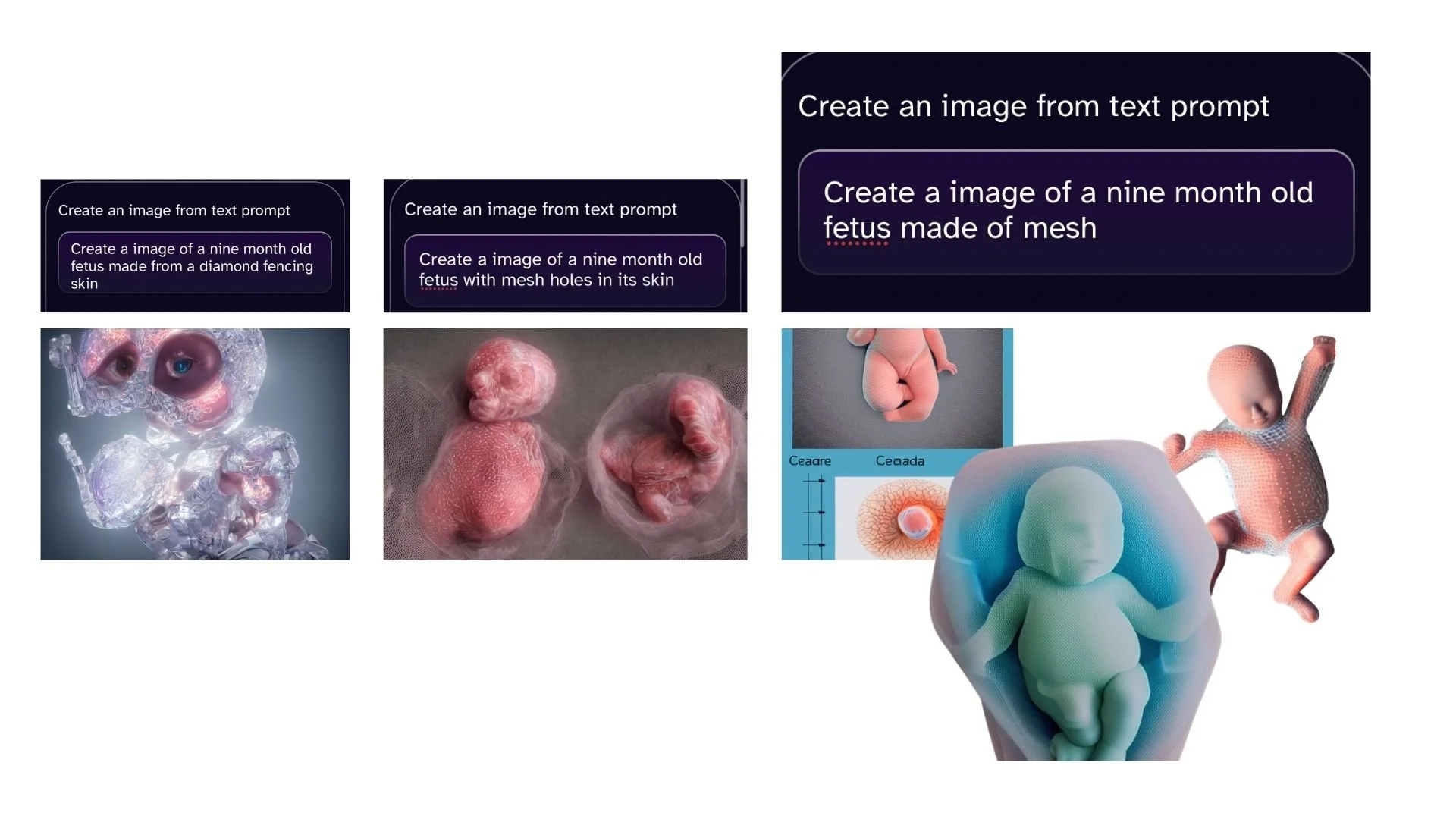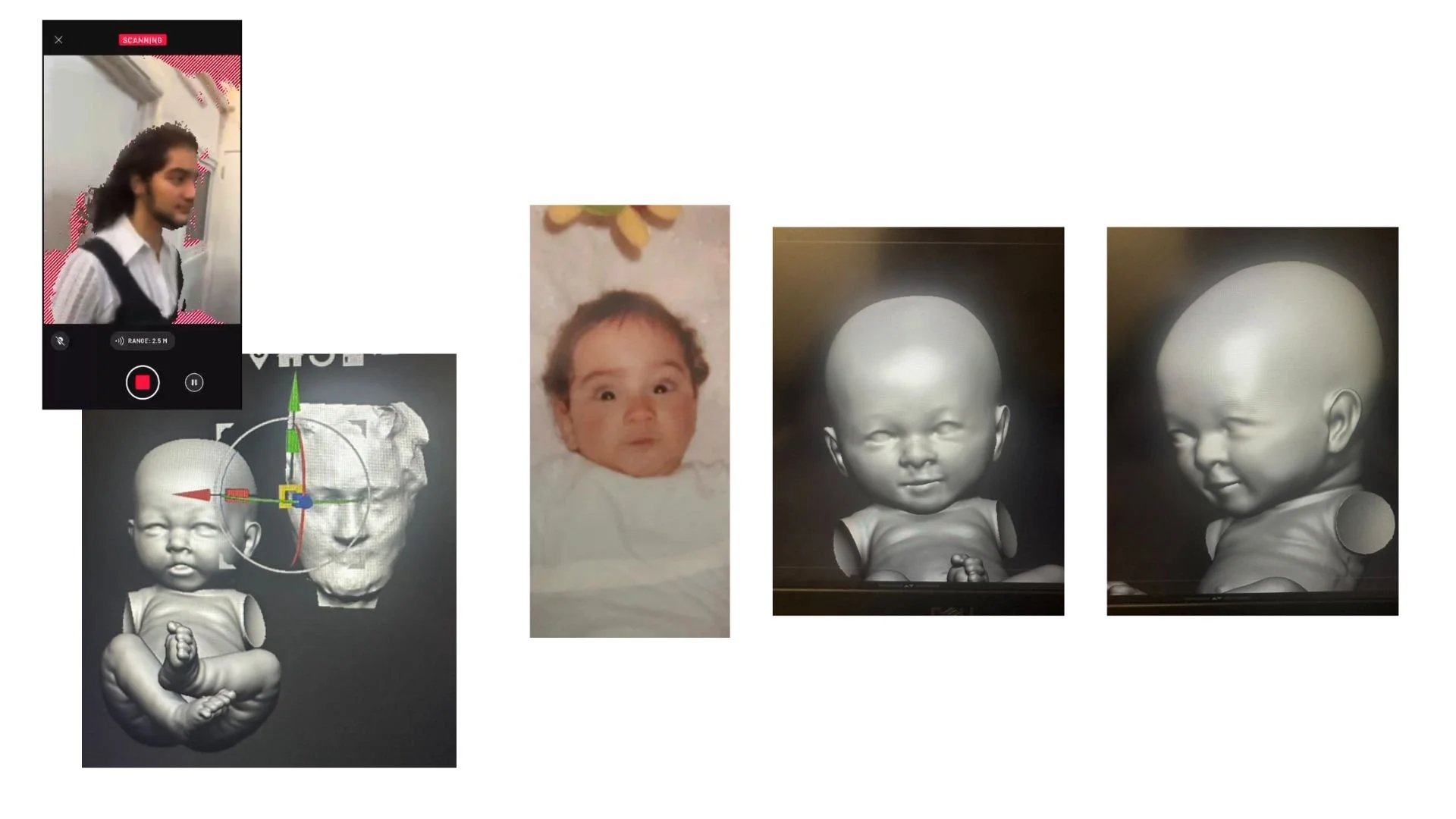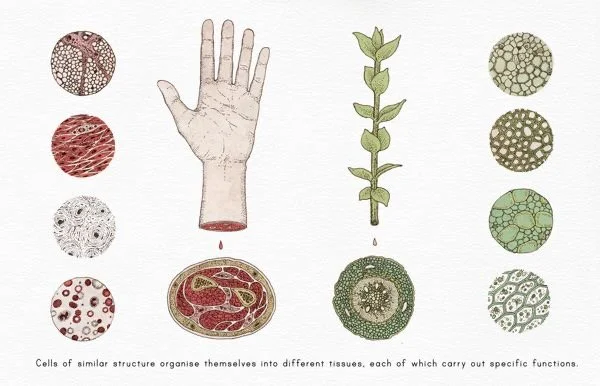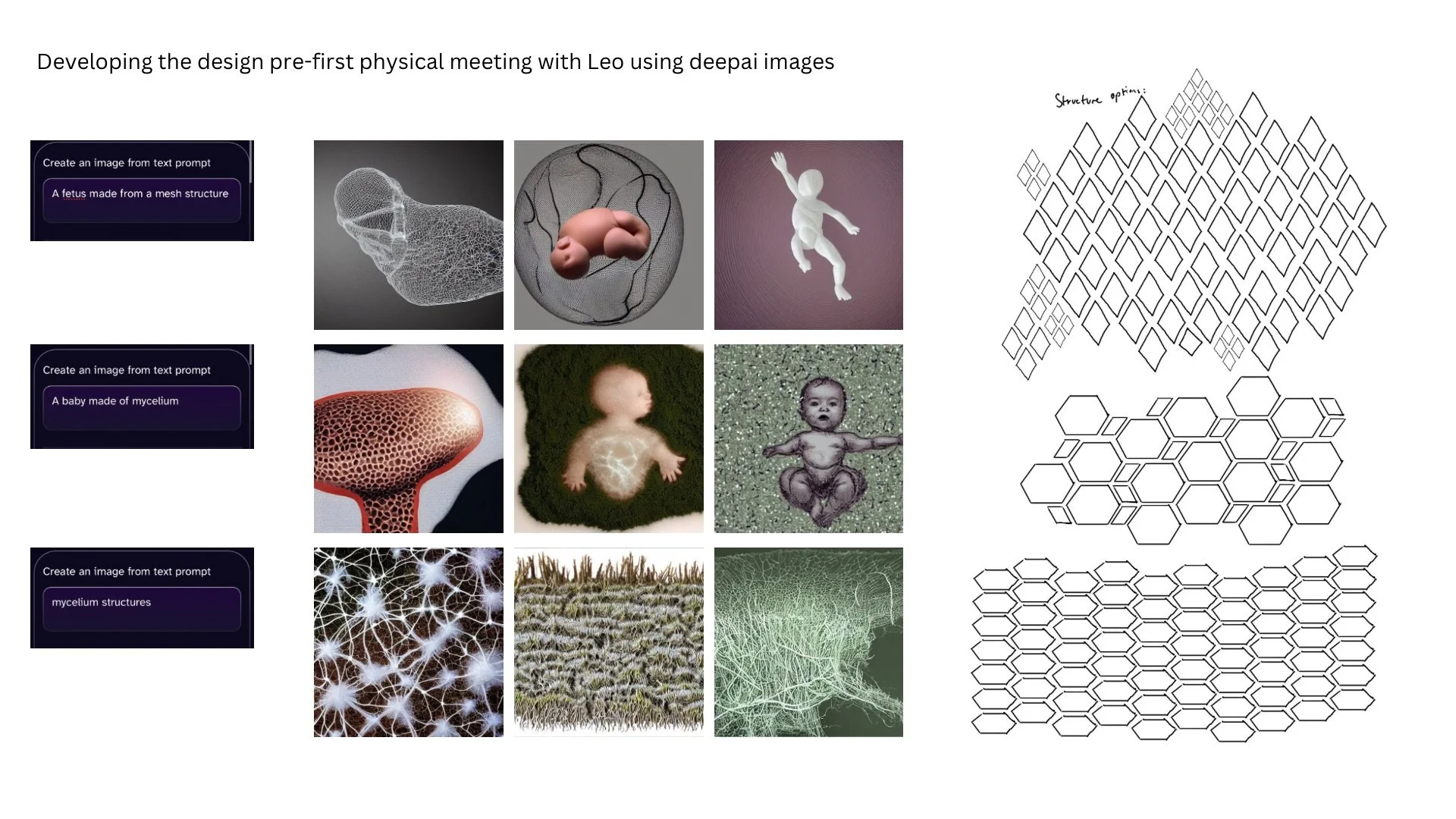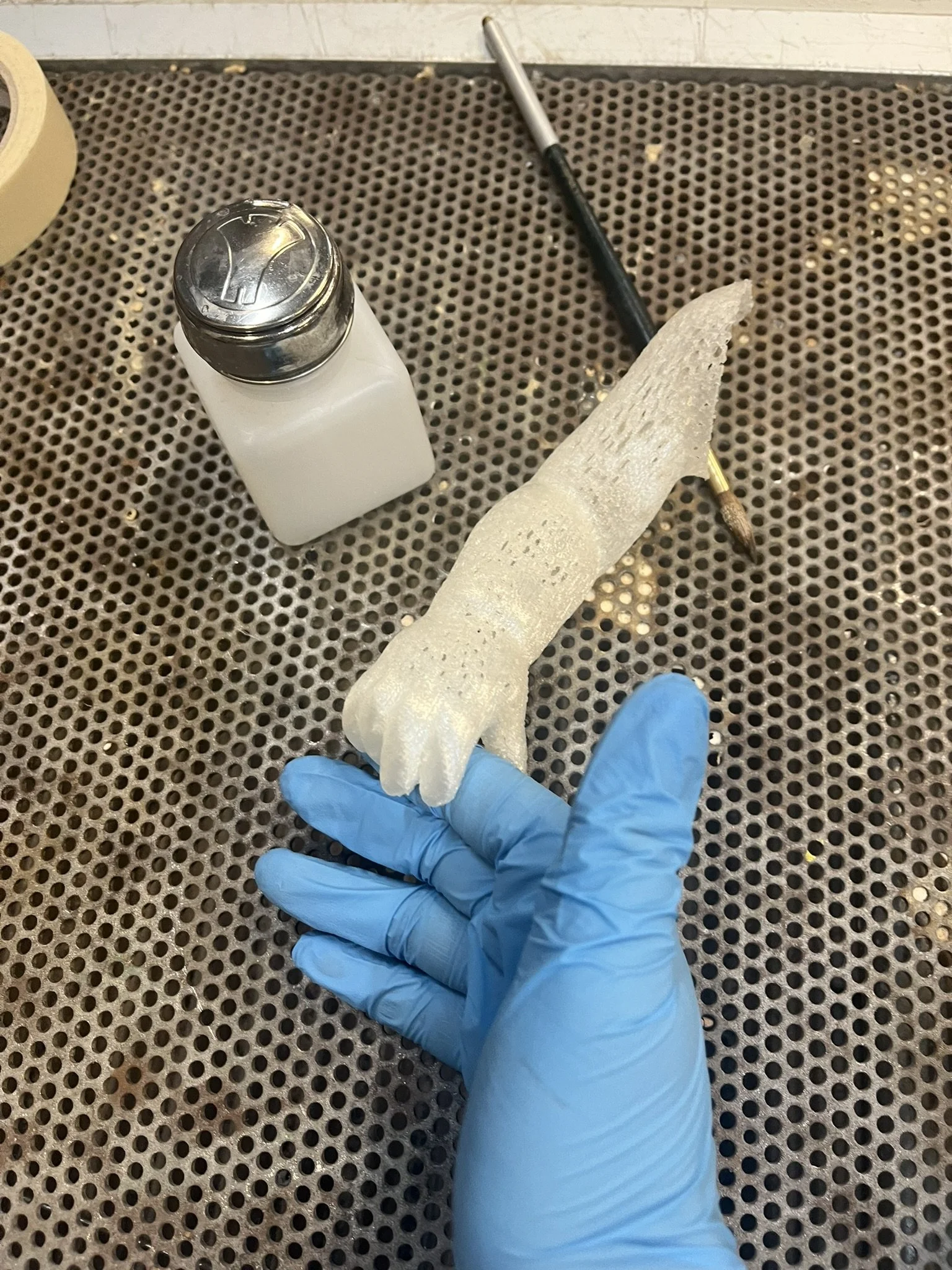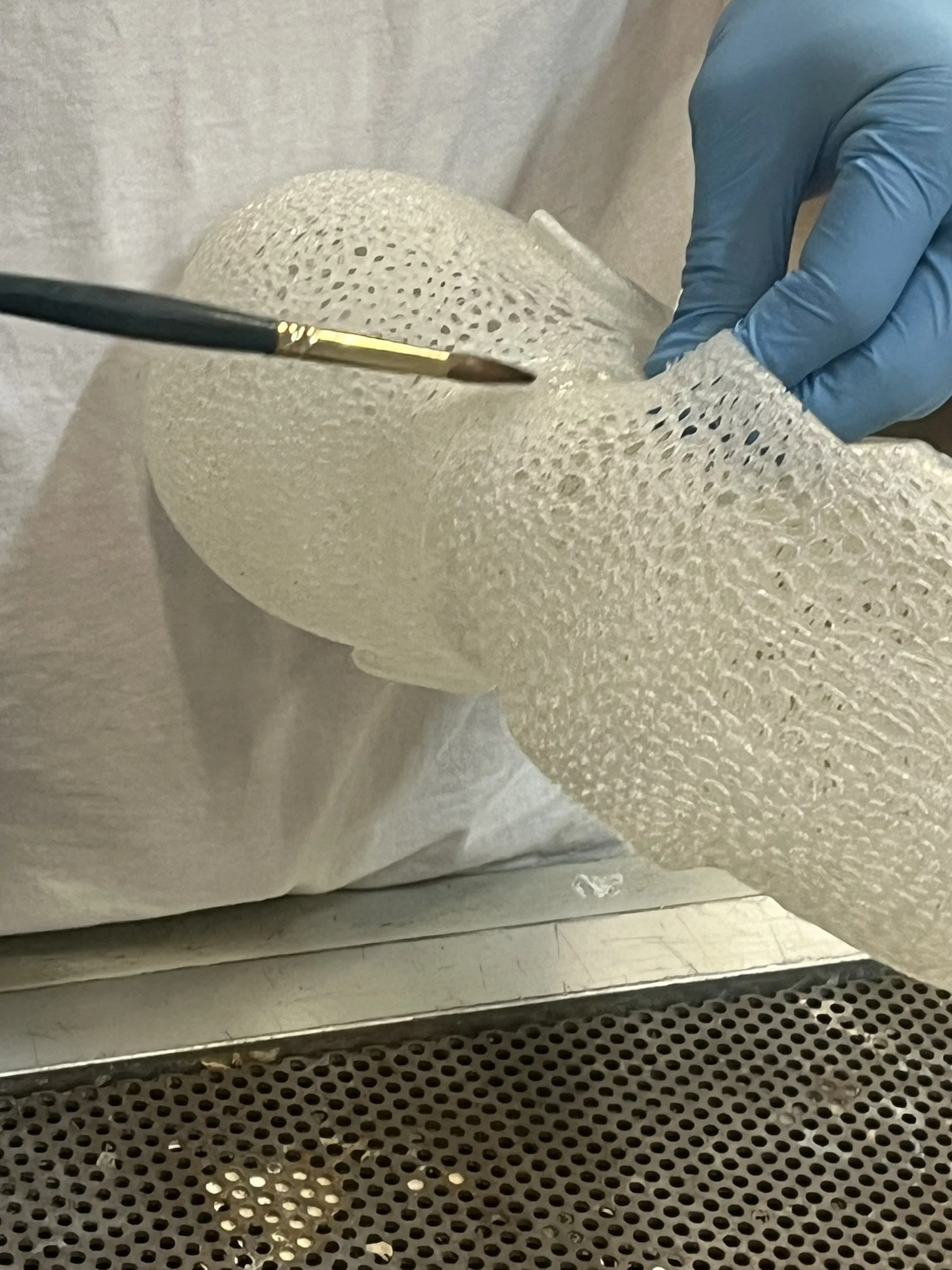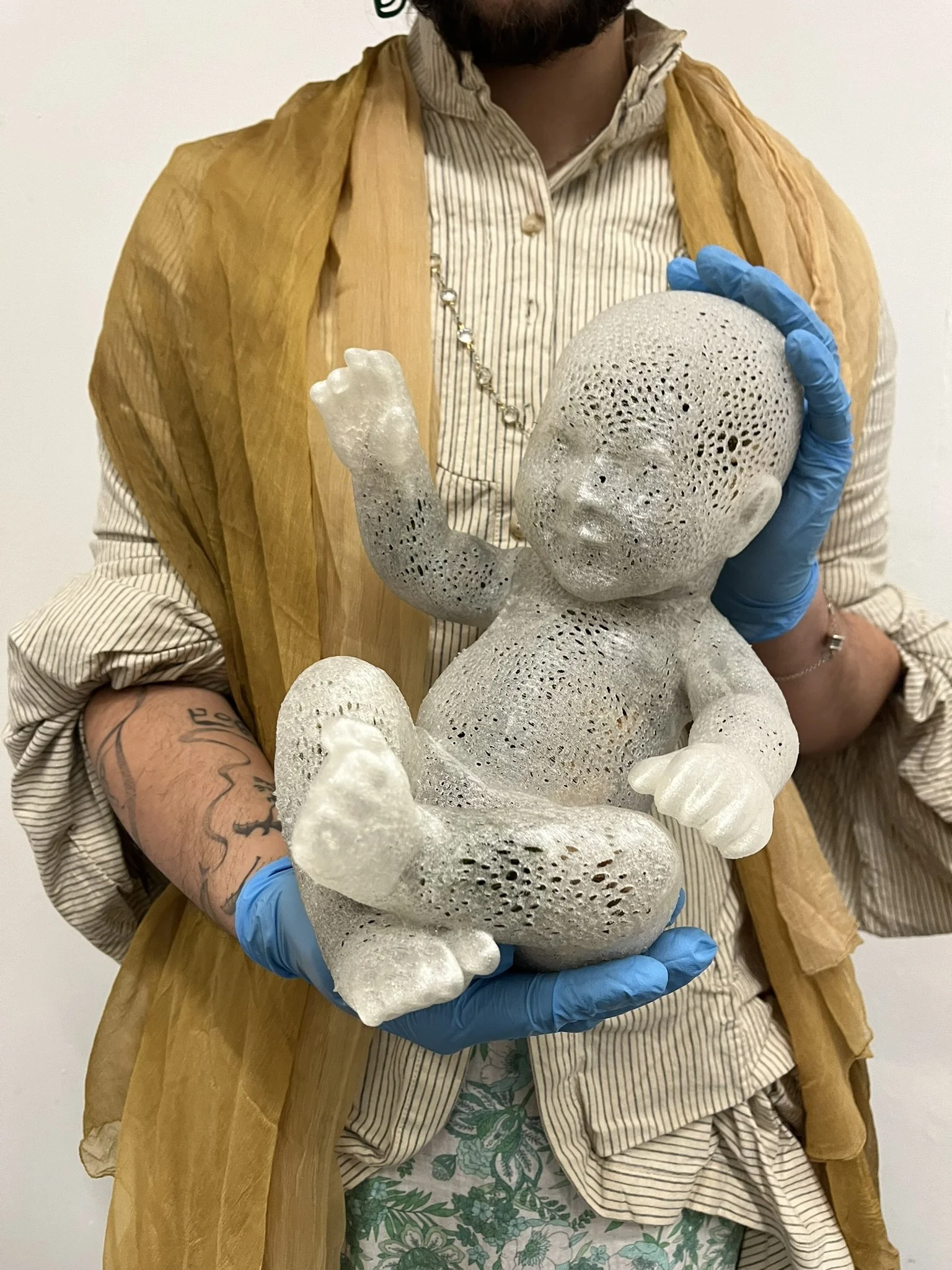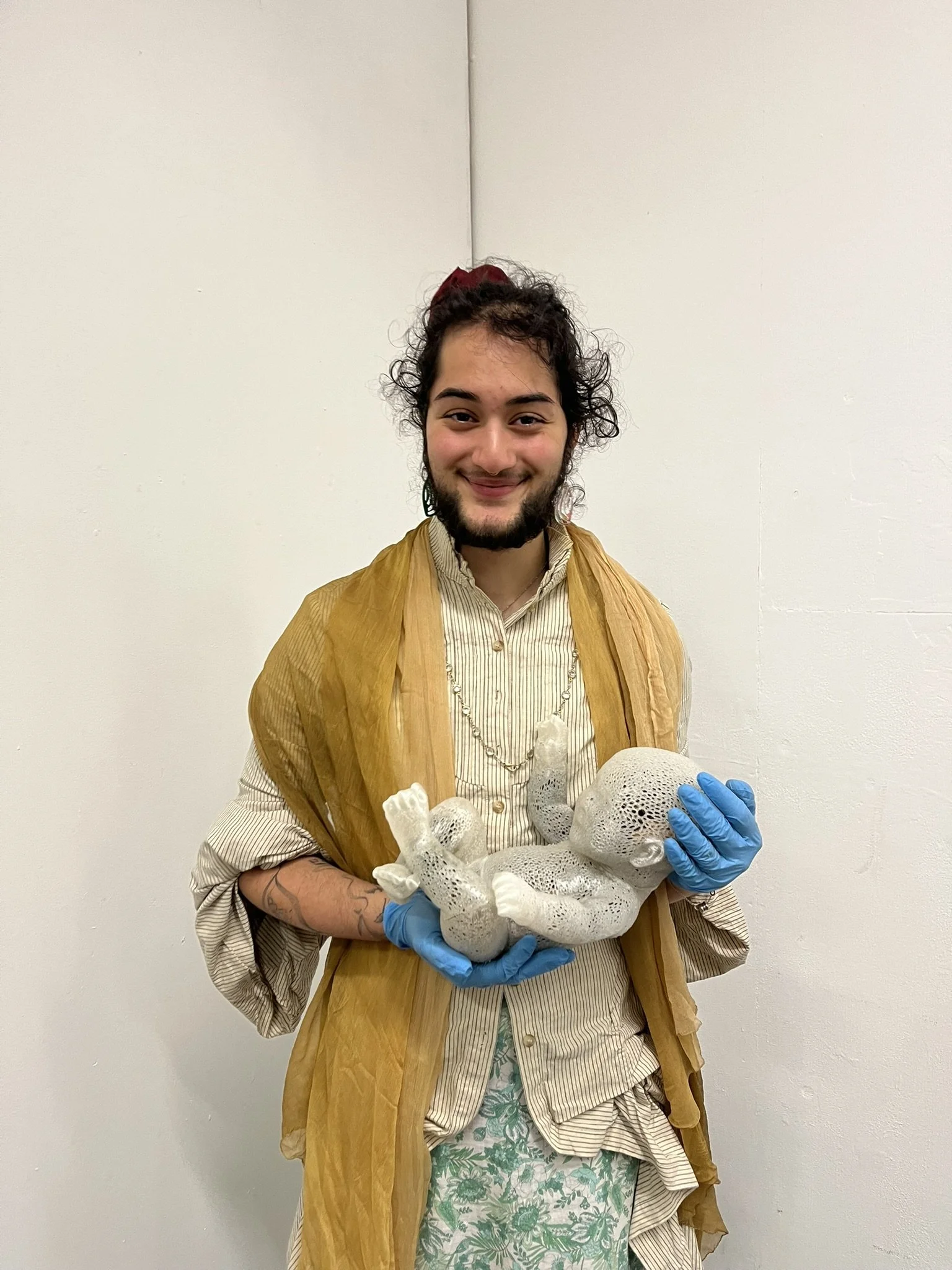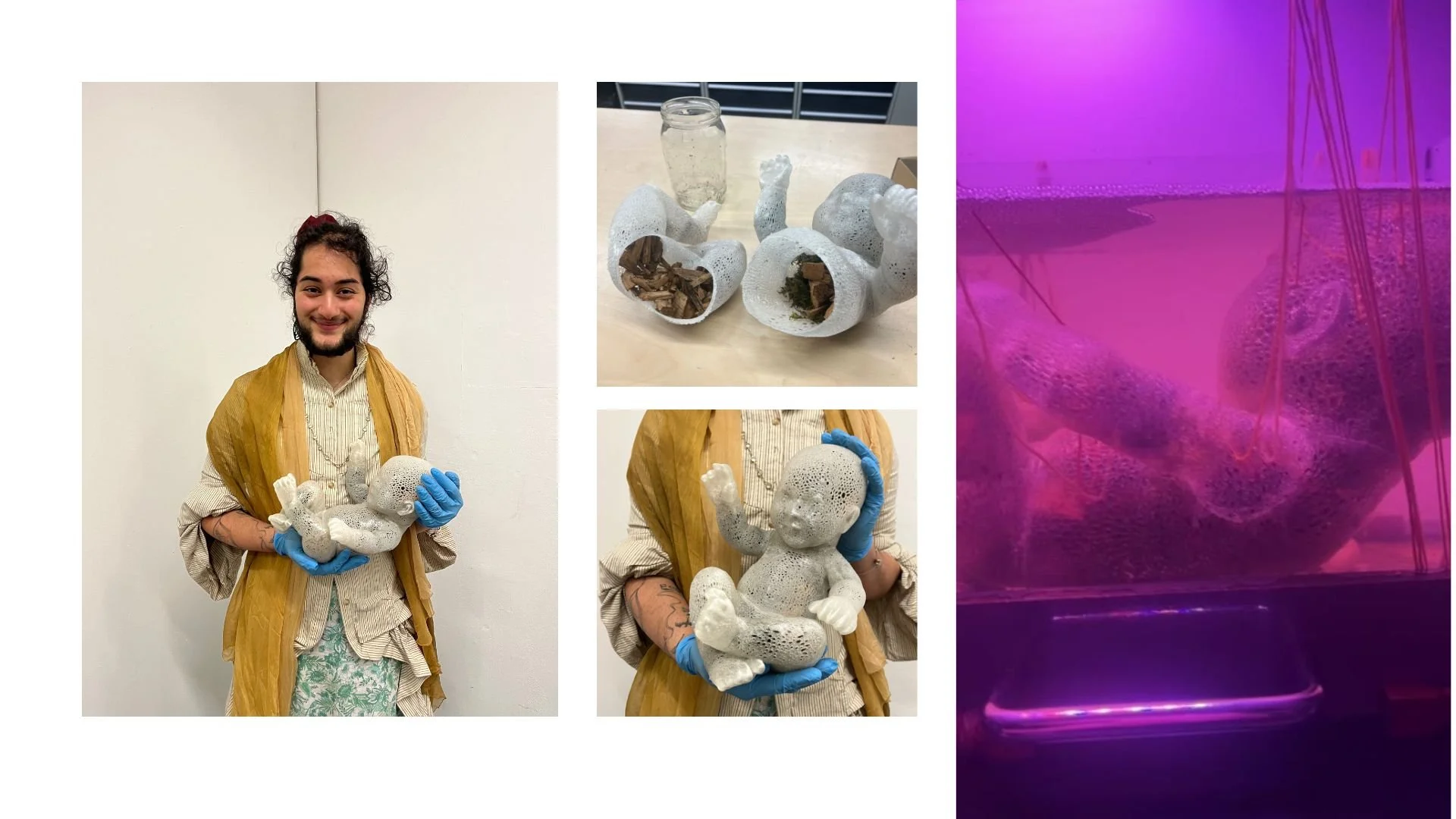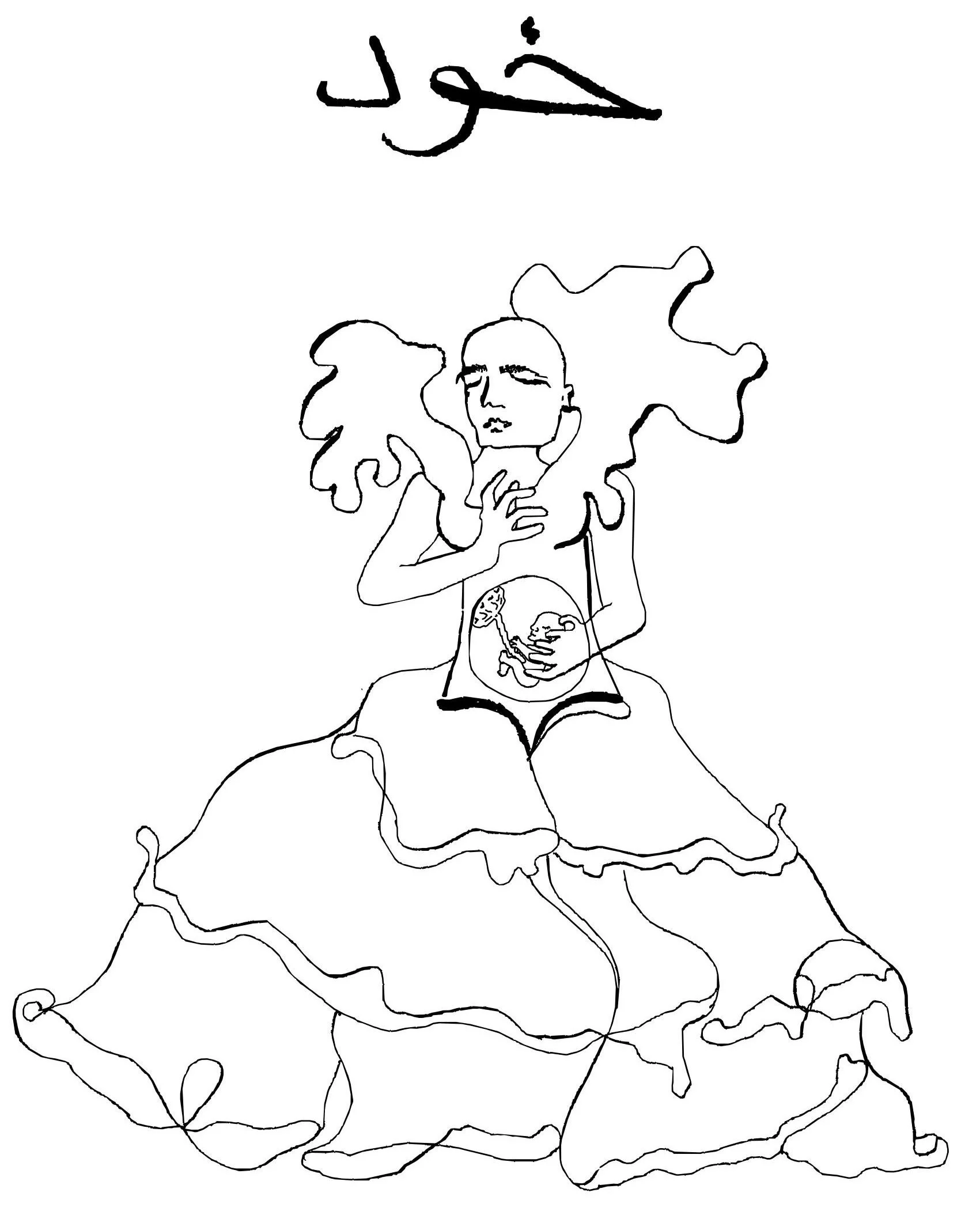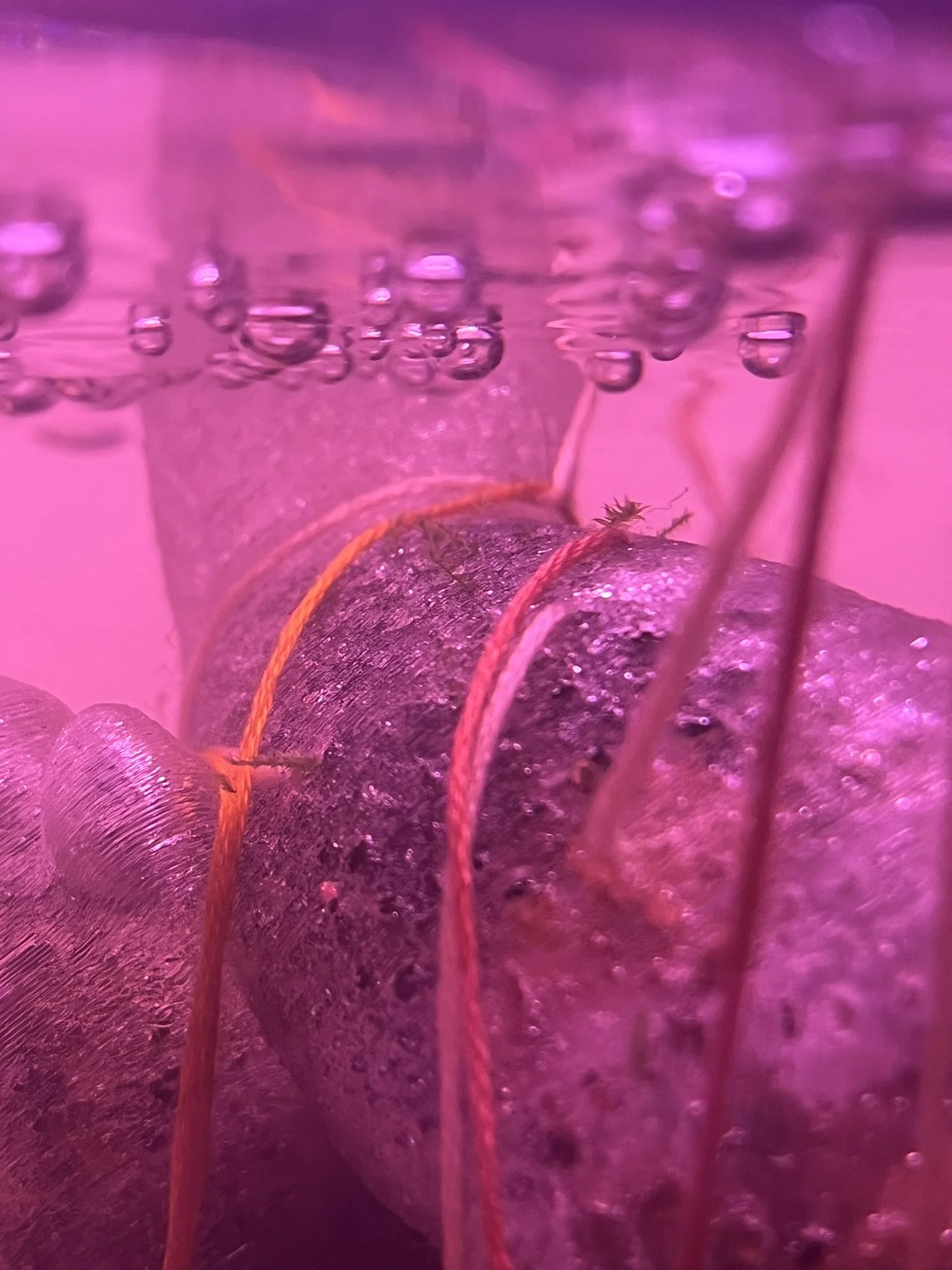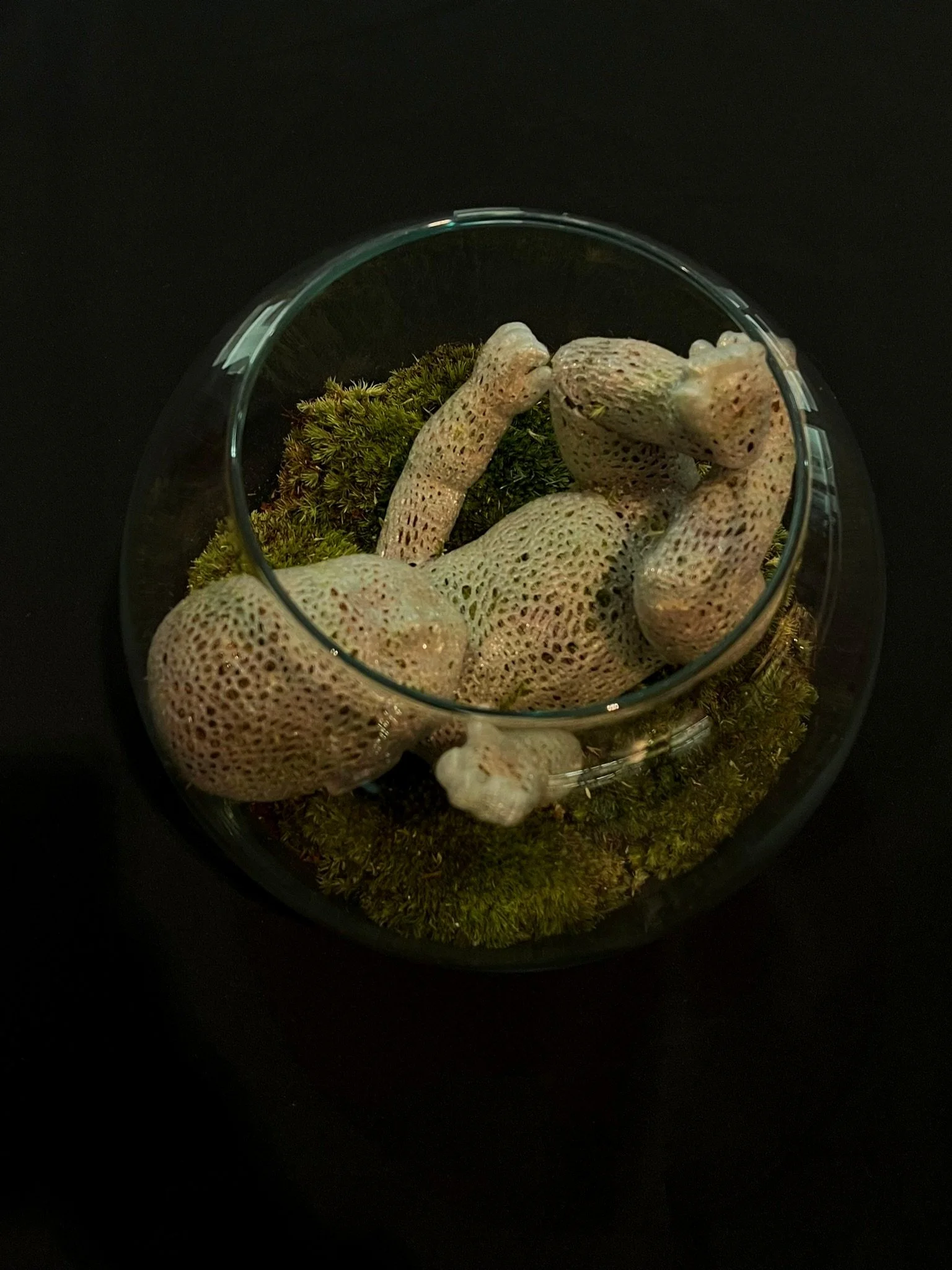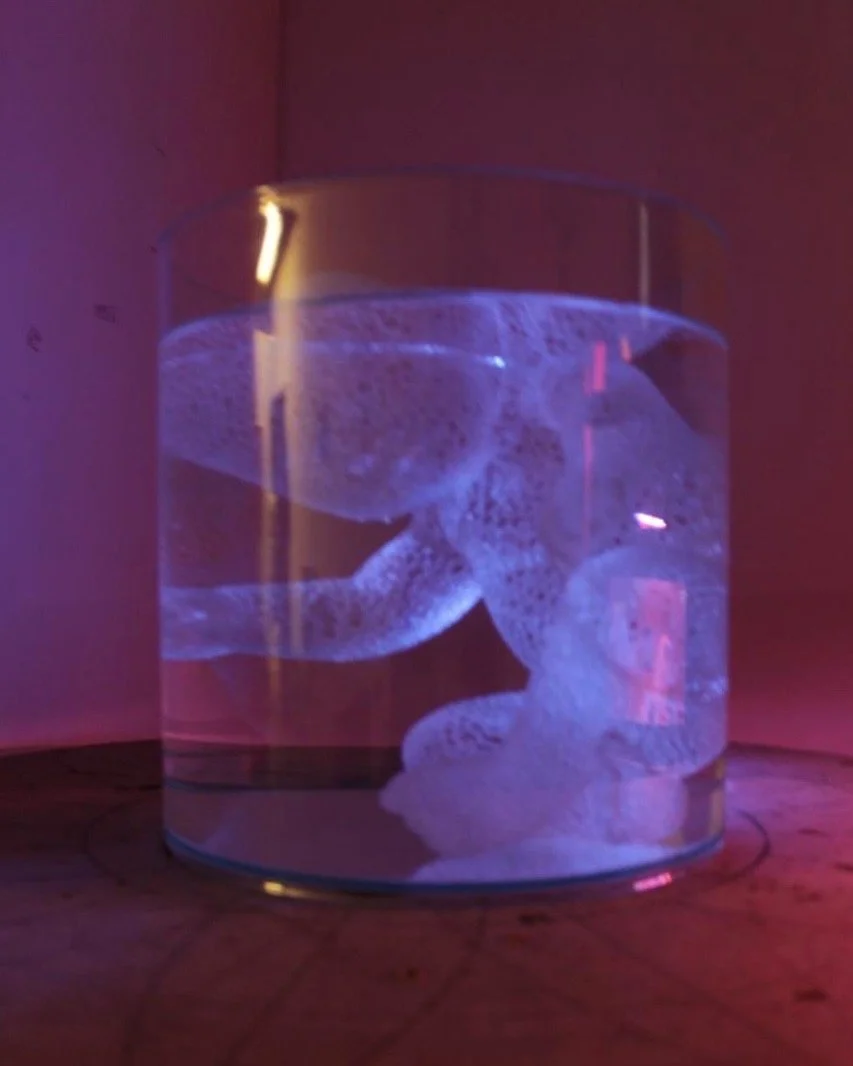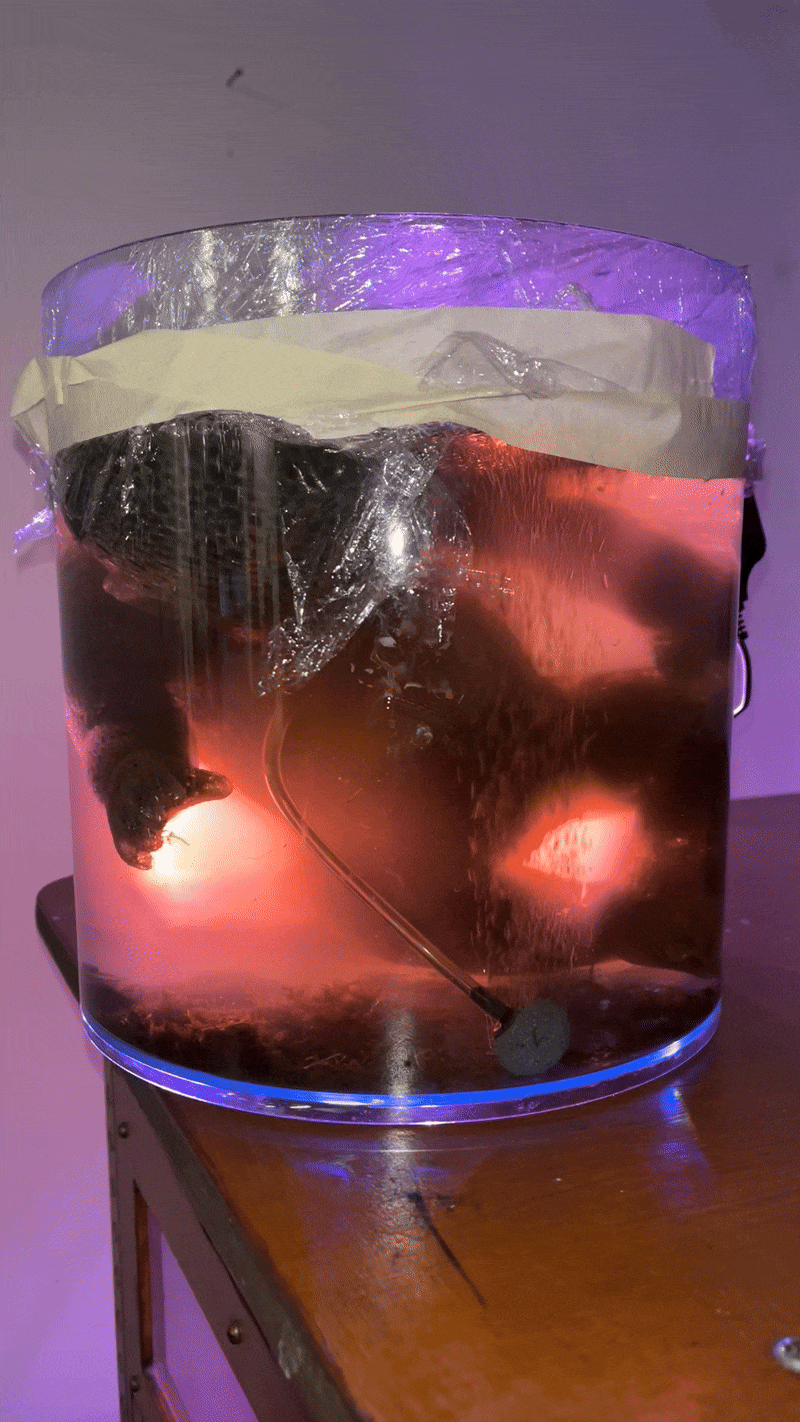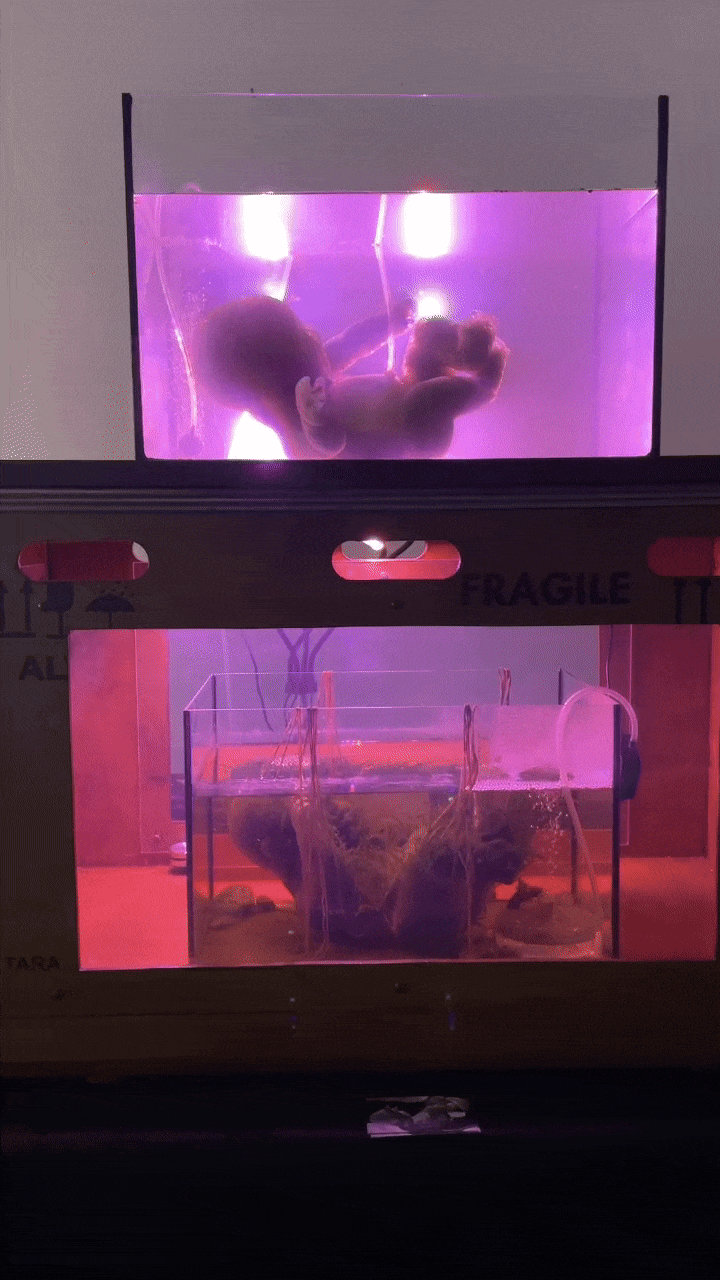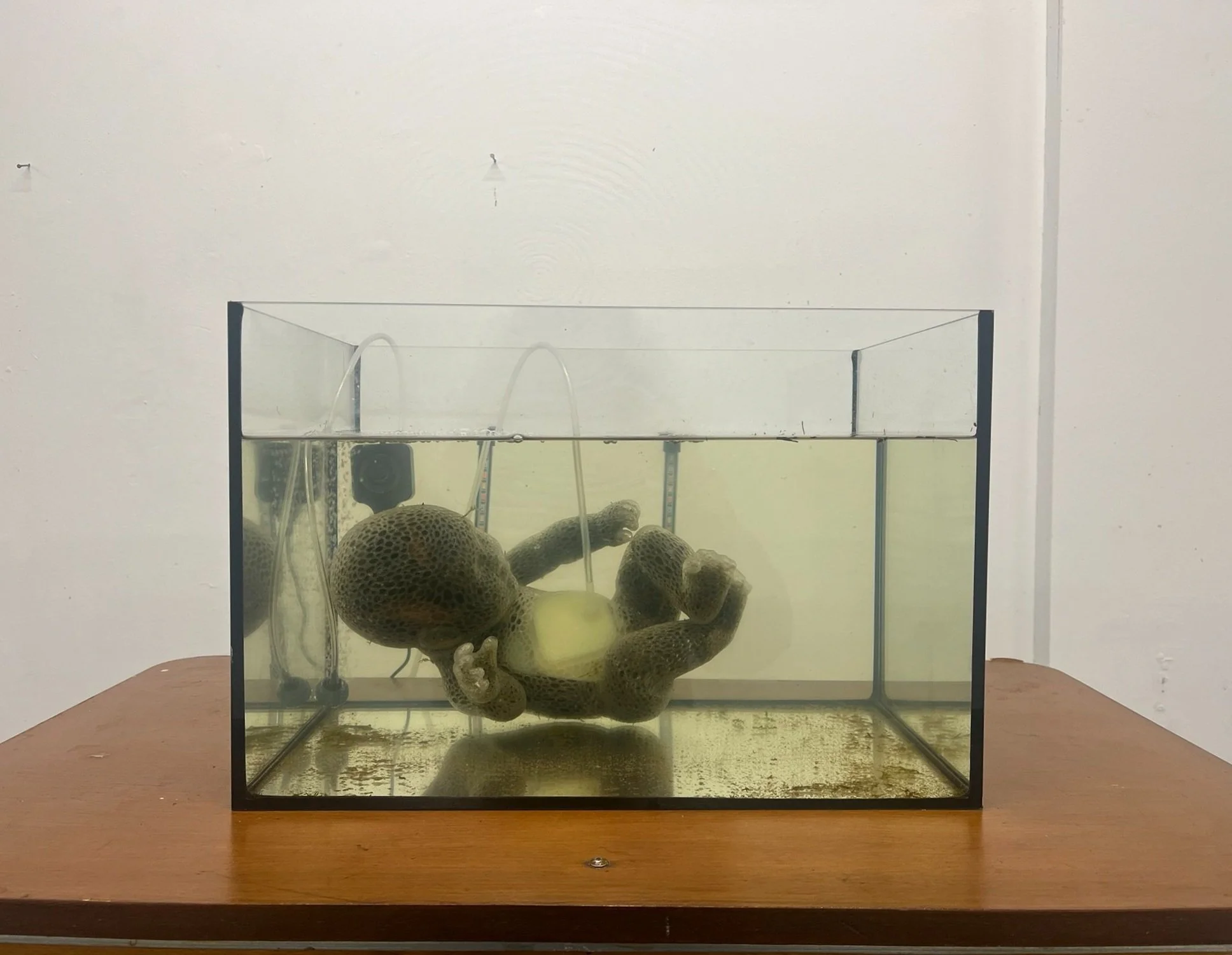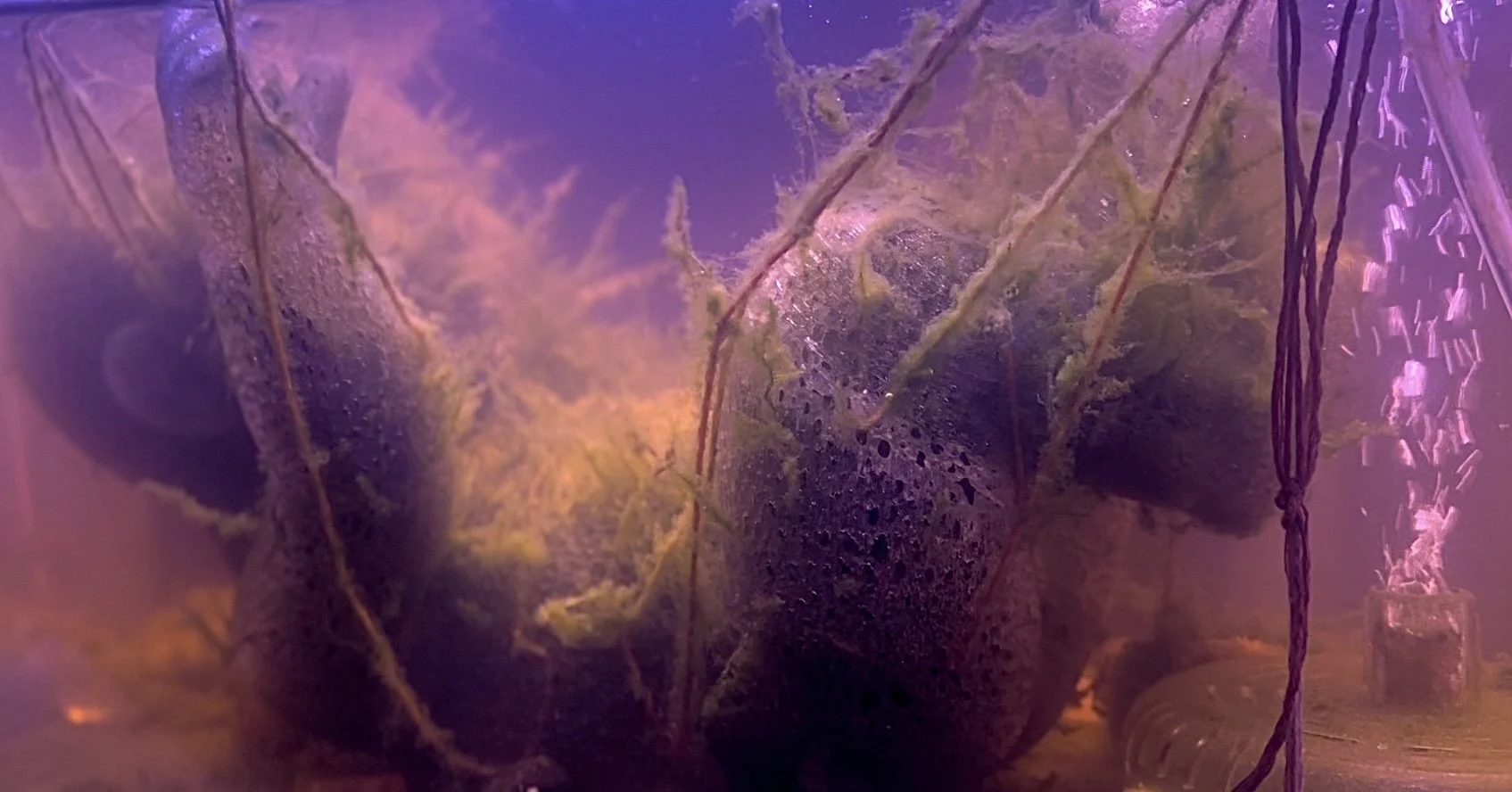
The Home Body
The Dress…
I’m creating a wearable transparent ballgown with a living baby inside.
The human body is strong, but our clothes carry the weight of our emotions daily. Some emotions we can express, while others linger in the body, influencing how we move through the world.
I wanted to understand my body’s connection to pregnancy alongside my trans identity, and how this might affect my role as a parent. For me, creating life is more than a physical act - it’s about creating a space of safety, rest, and growth. While I’ve processed these emotions within myself, to fully embrace my body as a "Home Body," I need to see and experience it more clearly.
Where did it begin?
There’s so much death connected to the trans community, and I think people politicise the "gender-bendy" part of my identity so much that they forget I’m an intersectional human being. We are all different people with different needs, but one feeling remains familiar yet distant: our time in the womb. Feeling a partner’s heartbeat can comfort us, or holding our own and taking deep breaths. The Home Body grounds us in preparation for the outside world.
The conception of this piece began with my relationship with pregnancy and the anxieties around having a safe space to be a mother one day. The Biogrown Babies are the first part of The Home Body - a wearable sculptural dress, a trans-parent body made from Worbla, warped and worn. Inside the dress will be a water-tight PVC uterus with a small baby, still attached to the placenta. The baby is suspended in utero at the border of two lives - one in the womb, one outside. Through participation in the installation, we share a mirrored relationship with them.
My anxiety around being able to have a biological child consumed me at one point. I was at a crossroads when I realised my body was growing one way and not the other. I was at an age where I hadn’t connected motherhood to the female body - they were two separate thoughts. Years later, I accepted my need to transition, and unknowingly, I had begun to grieve the loss of a life I had yet to live. Having a family is scary for anyone, but society’s attitude toward gender-diverse people means I have even more to consider.
At 16, I medically transitioned to go through the puberty that was right for me. But this immediately opened up conversations about my fertility and ability to conceive a child, with no regard for the up-to-date research on HRT and fertility treatments. I was simply told, “this may make you infertile,” and this opened an emotional game of probability in my head. Aged 17, I gave these feelings a body of their own, a fabric, clay, and modrock sculpture called “As It Was” (pictured). The energy-draining medical systems for trans people in the UK and dehumanising public debates about trans rights changed my relationship with my gender identity because I couldn’t rest.
I’ve grown into adulthood with this obsession and fear that I might never be able to experience parenthood safely, largely because of a lack of education in the medical community and the prejudice of wider society. I hope to see a change in attitudes in my lifetime because I did not choose to live in a timeline where my safety is continually tested based on what I wear or who I love.
This project will be a journey of acceptance, a way of closing the chapter on the anxiety created by a concoction of societal problems that are currently out of my control. I know I can bring life into this world, and I know how transition transforms the body, especially how it has changed mine. Life does not end after you transition. It is only the beginning.
Digital Biogrown Baby design in collaboration with Leo Carlton. Special thanks to the technicians Kaz Tsuji, Karsten Goodwin, Verity Cleary, Domenico Ceci, Annie Purdy, and Ege Tan for their support in bringing The Home Body to life.
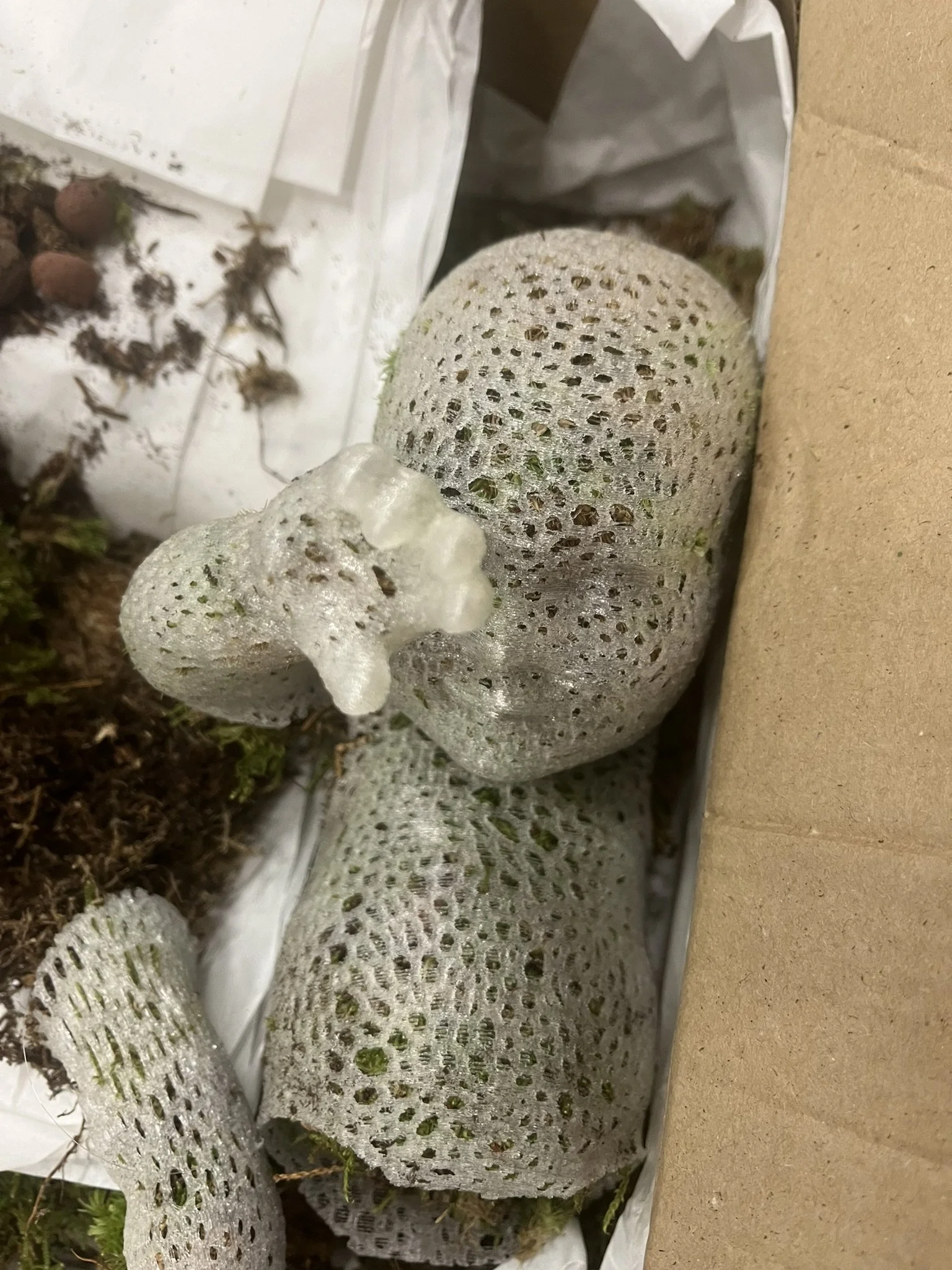
V1 Prototypes: Meet the Biogrown Babies
Each of the babies have their own biogrown element that will develop with their structure as they grow, fully forming or supporting the shape of the baby.
-
Navi, short for “Navigation” is medically accurate size 9 months in utero. Navi requires an aquarium home to grow as they have java moss inside of them. Navi’s small voronoi structure encourages the java moss to snuggly curl through the structure and grow with support. When they are all grown they will be green with fine wavy hairs.
-
Terra, which means earth in Spanish, is a terrarium moss baby. Slightly smaller than their biogrown siblings, Terra is roughly 7 months in size. When they are grown up, they will be all green and fluffy.
-
Lumi, short for “Luminescence”, has bioluminescent plankton in their amniotic fluid. Lumi’s large voronoi surface encourages the plankton to interweave into the structure lighting them up and mimicking the unique experience between the body and water in the womb.
V2 Prototype: Navi v2.0
Progressing further with the idea of a water-tight womb, I decided to explore how a java moss biogrown baby could evoke an emotional response and be perceived as human-like.
-
Navi v2.0 is a second-generation navigator. At just one week old in the video above, Navi v2.0 is still months away from growing green and fluffy like their sibling, Navi v1.0*. However, this version has a unique feature: Navi v2.0 can breathe. Using bioflex silicone, I made a custom inflatable balloon lung that makes the baby’s chest rise and fall gently, rocking them softly. Once fully grown, the java moss hairs on Navi v2.0 will sway in the womb.
(*5 months of growth.)
